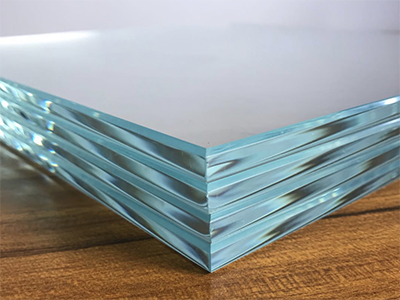Exploring the Versatility and Durability of Plywood Door Skin

In the realm of interior design and architecture, the choice of door materials significantly impacts the overall aesthetic appeal and functionality of living and working spaces. Plywood door skin, a popular choice for modern interior doors, has gained prominence for its ability to combine the natural warmth of wood with the durability and versatility of plywood. Understanding the unique characteristics and applications of plywood door skin is essential in making informed decisions that align with the design preferences and functional requirements of contemporary living and working environments. Let's delve into the intricacies of plywood door skin and explore its significant contributions to interior design and architectural aesthetics. Natural Aesthetics and Warmth: Plywood door skin captures the natural beauty and warmth of wood, providing an inviting and timeless appearance that complements various interior design styles. Its authentic wood grain patterns and textures create a c...





